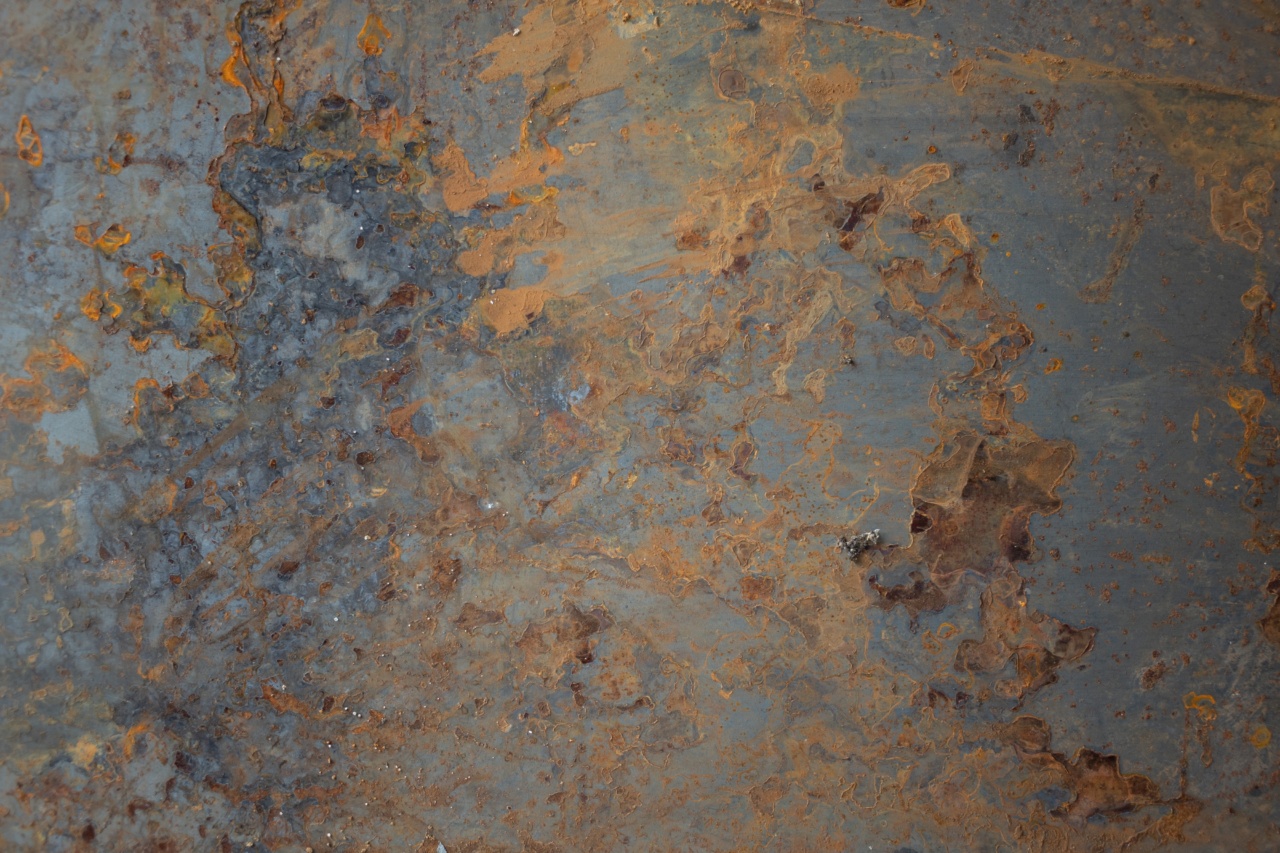Fracture osteosynthesis is a common surgical procedure used to treat fractures of bones. It involves fixing the broken bones in their proper positions using surgical plates, screws, and pins.
This procedure is traditionally performed through open reduction and internal fixation (ORIF), which involves making surgical incisions and exposing the broken bones for fixation. However, this method is associated with a high risk of complications such as infection and non-union. To overcome these shortcomings, a breakthrough method called transdermal fracture osteosynthesis has been developed.
What is Transdermal Fracture Osteosynthesis (TFO)?
Transdermal fracture osteosynthesis (TFO) is a minimally invasive surgical technique used to fix fractures of bones without making surgical incisions. This method involves fixing the broken bones through the skin using percutaneous pins and screws.
The pins and screws are inserted into the bone under radiographic guidance, without exposing the bone. This technique has been found to be effective in treating fractures of the clavicle, humerus, radius, ulna, and tibia.
Advantages of TFO over ORIF
TFO has several advantages over the traditional ORIF method including:.
- Minimally invasive: Unlike ORIF, TFO does not involve making surgical incisions, which reduces the risk of complications such as infection, bleeding, and scarring.
- Faster recovery: TFO patients experience less pain and swelling and can recover faster than ORIF patients.
- Cost-effective: TFO is less expensive than ORIF because it requires fewer resources and less hospital stay.
- Reduced risk of non-union: TFO has been found to have a lower risk of non-union than ORIF, which means that the bones are more likely to heal properly.
How is TFO performed?
The TFO procedure is performed under local or general anesthesia, depending on the location and severity of the fracture. The following are the steps involved in TFO:.
- The patient is positioned in a way that allows easy access to the fracture site.
- The skin overlying the fracture site is cleaned and sterilized using an antiseptic solution.
- The bone is visualized using radiographic guidance.
- Percutaneous pins and screws are inserted into the bone through the skin.
- The pins and screws are tightened to fix the bone in its proper position.
- The skin is closed using steri-strips or sutures.
- The patient is monitored for complications such as bleeding, infection, and nerve damage.
Complications of TFO
Although TFO is a minimally invasive procedure, it is not risk-free. The following are some of the possible complications of TFO:.
- Infection: Although the risk of infection is lower than with ORIF, there is still a risk of infection.
- Non-union: In some cases, the bone may not heal properly despite the TFO procedure.
- Hardware failure: The pins and screws used in TFO may break or loosen over time, which may require further surgery.
- Nerve and vessel damage: There is a risk of nerve and vessel damage during the TFO procedure, although this risk is small.
- Allergic reaction: Some people may have an allergic reaction to the metal pins and screws used in TFO.
Conclusion
Transdermal fracture osteosynthesis (TFO) is a minimally invasive technique used to fix fractures of the bones without making surgical incisions.
This technique has several advantages over the traditional ORIF method including faster recovery, reduced risk of complications, and lower cost. Although TFO is not risk-free, the risk of complications is lower than with ORIF. TFO has been found to be effective in treating fractures of the clavicle, humerus, radius, ulna, and tibia.































